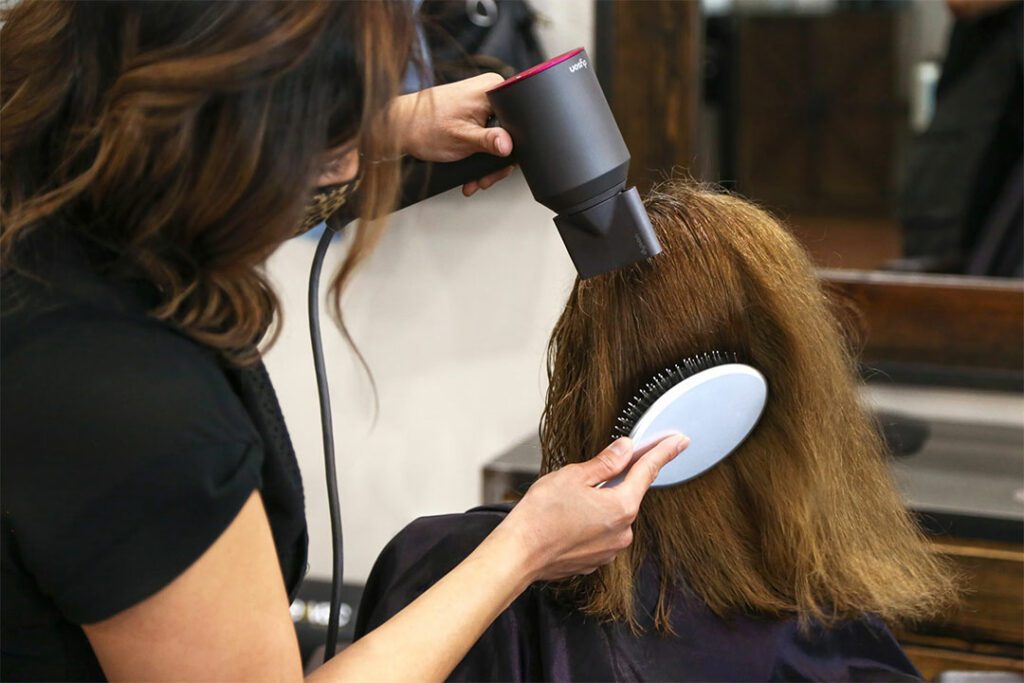Stagnation may feel different to each person or business, but it often comes down to a general lack of forward momentum. This lack of inertia often originates from a few common causes.
But recognizing the signs of stagnation can be difficult. Lack of metrics, competing priorities, or even a reluctance to take action can keep a brand floundering for years.
Here are some way to determine if you've got a stagnant brand.
The 8 Signs of Stagnation
If you're experiencing any of the following 8 signs of stagnation, it may be time to jump-start your brand towards new and exciting growth.
1. Lack of Growth / Declining Market Share
Slow growth in your customer base can be a sign of a sluggish brand. You may be growing but not as fast as the competition, or the category in general.
If you suspect that’s the case, you’ll want to research your competition to see if they are gaining market share at a faster rate, or if new entrants are chipping away at your business.
Evaluating industry trends and consumer preferences may also help identify if your brand is falling behind and needs adjusting.
2. Little to No Innovation or New Product Development.
Product line extensions are a way of extending the life cycle of your product(s). Over time, without innovation, brands can be seen as stale, or they can fail to meet the needs of evolving consumer behaviours and preferences.
3. Rejections from Retailers.
If you’re encountering rejections from retailers, you may not have a clear enough position that retailers find attractive. Alternatively, you haven’t communicated or demonstrated how your brand can support growth (Note: This can happen with both new innovation, or, for your core line).
One of the best things a company can do is build a strong brand reputation and then leverage this equity to drive growth and expand the brand's presence in the category, or beyond.

Take Dyson, for example. The brand successfully used its brand (and underlying equity as a superb electric motor manufacturer) to enter into the hair tools category. The Supersonic Handheld Hair Dryer was successfully unveiled by Dyson in April 2016, and in 2018 the company launched the "Airwrap" styler, which sold-out within days of its launch. The success of these products demonstrates how a strong brand reputation can drive growth.
4. Heavier Reliance on Price Discounts.
Consider a high frequency of sales and promotions, or a large percentage of sales coming from discounted items as a warning sign.
A lack of brand differentiation from competitors usually results in a race to the bottom on pricing, and the last thing any brand wants are customers who only purchase when there are discounts available.

5. Your Consumers Start to Care Less.
Apathy and irrelevance is the death of a brand. If you are not part of their world in a meaningful way, you risk falling into insignificance.
Your consumers may tell you directly or indirectly that your brand isn’t what it used to be, or what they’re now looking for. Negative online reviews and feedback, and increased customer complaints might be more direct ways you learn of stagnation. Falling engagement on social media platforms or fewer repeat purchases could be more indirect signals that a problem exists.
6. Incongruence & Inconsistency.
Incongruence is an easy trap to fall victim to. For many brands, it may seem opportunistic – desirable even – to follow industry trends. But if you have a portfolio of products, and you pursue trends haphazardly that don’t connect with the core of your brand (the “essence” as we call it at Crew), then your products risk losing their collective harmony. Not only that, your brand can lose its meaning amongst consumers.
Inconsistency is easier to spot. If you have strong social media visuals but your packaging doesn’t match, it’s a sign your brand is starting to unravel and could use some tightening.
7. Outdated Visual Identity.
In our blog post ‘Has Your Brand Outgrown Its Packaging?’ we joked that “just like Hypercolor clothing and slap bracelets, shoulder pads and power suits, not everything stays in style forever.”
This may be true from a broader sense than just product packaging. If your typography looks/feels dated, your imagery is no longer relevant, or the design elements that make up your brand are no longer unique or distinguishable from your competitors, it may be necessary to breathe some new life into your brand.
8. Declining Sales.
Declining sales can be a sign of stagnation, but not always. Keep in mind a dip in revenue can be due to a number of different external factors outside of the control of the brand, such as changes in the economy, changes in distribution, or seasonal fluctuation - however, assuming those points are accounted for, dropping revenue might be a sign that your brand needs to be looked at.
5,000+ People Receive our Newsletter
With over 15 years of helping consumer brands grow, our marketing insights are too good not to share. Subscribe to stay in the loop!
✅ Curated industry news
✅ Expert insights
✅ Actionable tips
✅ Crew happenings
✅ And a tiny bit of humor
You can unsubscribe at any time, but we think you’re going to like it. And, we promise we won’t spam.
